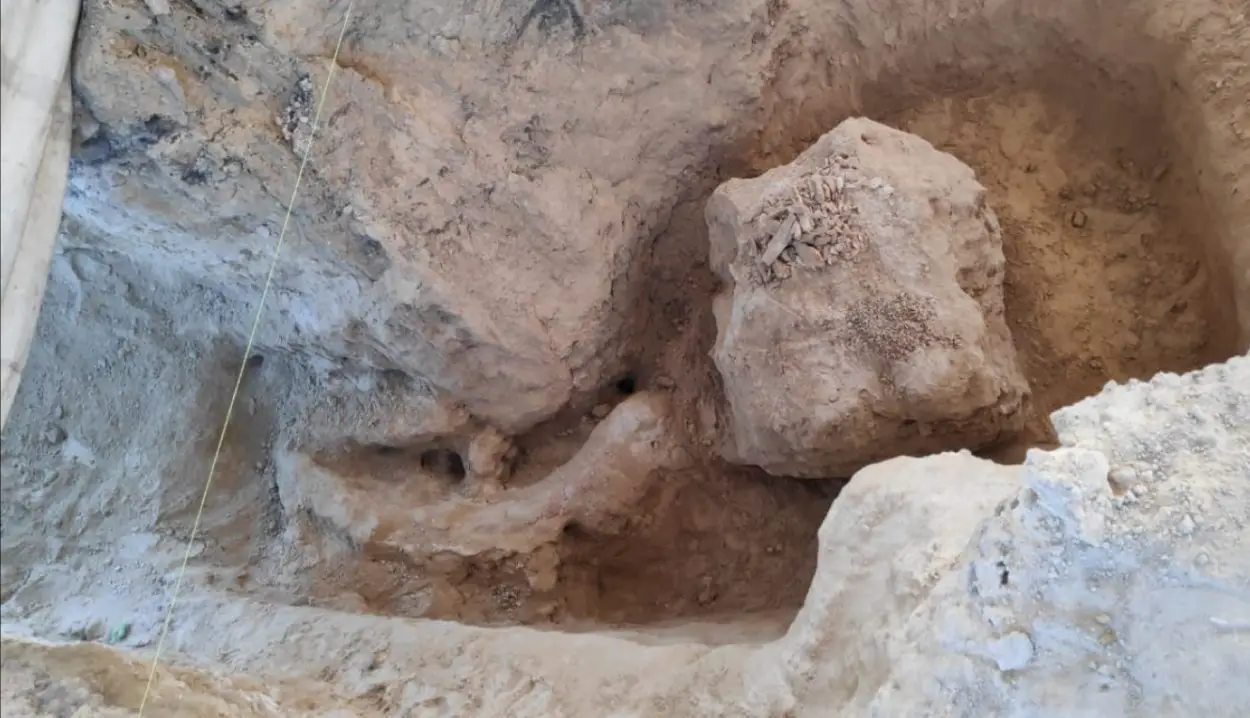Researchers from the Instituto Nacional de Antropología e Historia (INAH) have identified the remains of a mammoth in the town of Los Reyes de Juárez, Mexico.
The mammoth was uncovered in one of the towns municipal cemeteries whilst workers were preparing new graves.
Upon further inspection, biologist Iván Alarcón Durán identified that they were the bones of megafauna from the Pleistocene, with initial studies suggesting the remains are an elderly male Columbian mammoth.
The Columbian mammoth (mammuthus columbi) inhabited North America as far north as the northern United States and as far south as Costa Rica during the Pleistocene epoch. DNA studies shows that it was a hybrid species between woolly mammoths and another lineage descended from steppe mammoths, having gone extinct around 10,900 years ago.
As well as large segments of bone and a tusk, researchers recovered a fragmented skull, around 70 percent of the pelvis and several rib fragments.
The remains were buried in a strata of travertines, a sedimentary type of rock that is formed with calcium carbonates, associated with the presence of water sources such as underground lakes or rivers.
The bones were carefully removed for preservation and to prevent deterioration, where they will be cleaned and studied to determine the age and sex of the specimen.
Header Image Credit : INAH





